Sunburn can range from mild redness (corresponding to first-degree burns) to blistering (corresponding to second-degree burns).
Melanin is the most important pigment for your skin. Besides determining the color of your hair, eyes, and skin, melanin also helps fight bacteria and regulate body temperature. It protects the skin from sun damage and reduces the risk of radiation harm; this pigment also helps regulate the aging process and reduce skin abrasion.
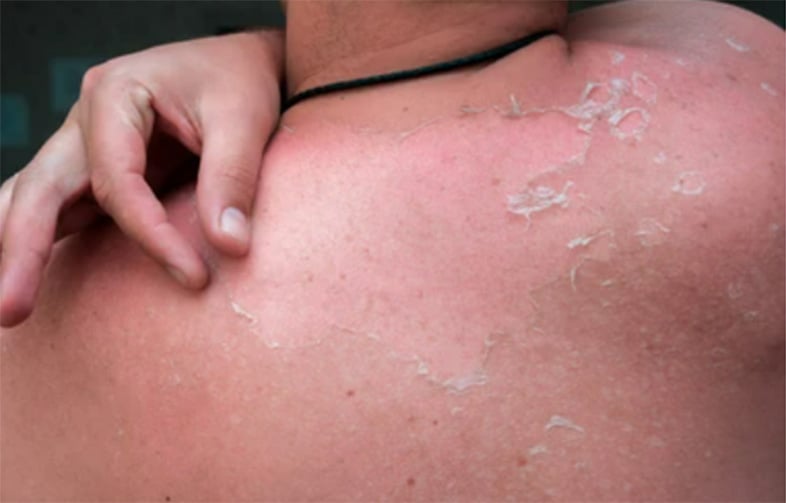
Peeling skin can be very vulnerable to sunlight for several weeks.
Melanin works by darkening skin that is exposed to sunlight when unprotected. For people with less melanin pigment, prolonged, unprotected sun exposure can cause skin cells to become red, swollen, and painful, resulting in sunburn. Within a few days, the body may begin to heal itself by shedding, peeling off the top layer of damaged skin to remove the damaged cells. A severe sunburn can take several days to heal.
Peeling skin can be very vulnerable to sun damage for several weeks. The most common complications of sunburn are secondary infections, permanent discoloration, and a significantly increased risk of skin cancer. Sunburn accelerates skin aging and is the leading cause in the majority of cases of basal cell carcinoma, squamous cell carcinoma, and melanoma, the most dangerous form of skin cancer.
Some self-care measures for sunburned skin.
Cooling and reducing heat : Minimize sun exposure until sunburn symptoms completely subside. Apply cool water or cold compresses to the affected area.
Moisturize the skin : While the skin is still damp after cooling, apply a gentle moisturizer to the burned area. Aloe vera gel can also soothe minor burns and is considered safe for sunburned skin.
Reducing inflammation : Your doctor may prescribe nonsteroidal anti-inflammatory drugs (NSAIDs) if you experience inflammation or heat to reduce discomfort and infection. Continue applying cold compresses to reduce discomfort, wear loose, soft, breathable clothing to avoid further skin irritation, and avoid direct sunlight completely until the sunburn heals.
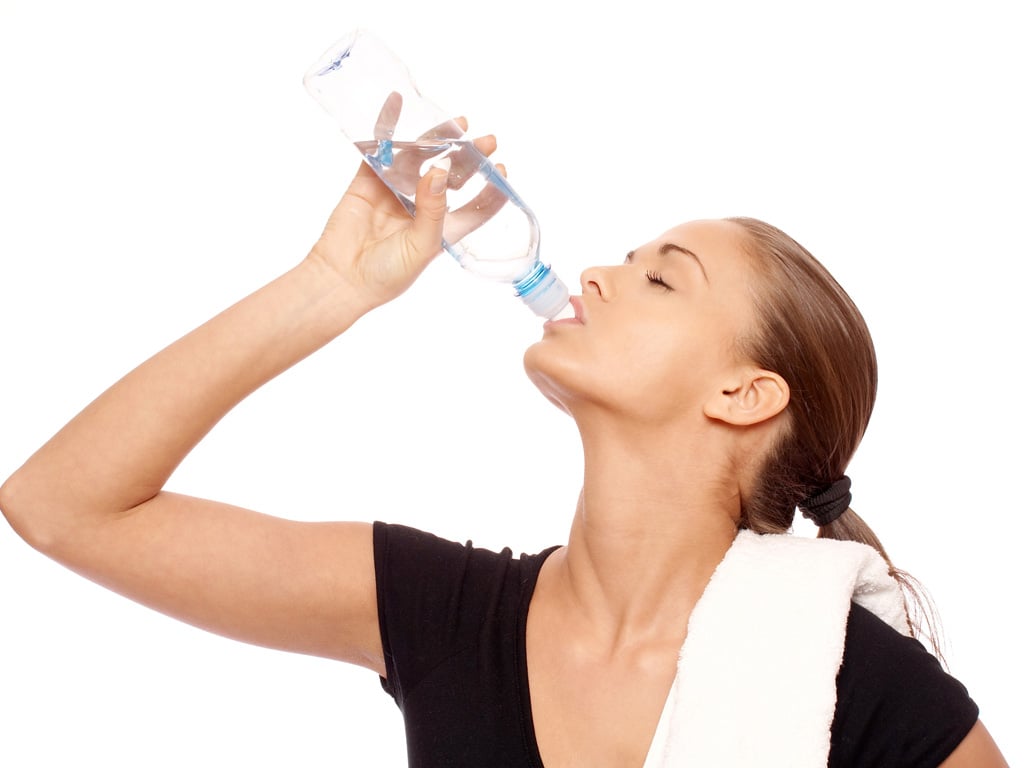
It is important to rehydrate orally.
Replenishing fluids and electrolytes : When you get sunburned, your skin loses moisture. It's important to rehydrate orally, including with mineral water, fruit juices, and sports drinks that replenish electrolytes, both when your skin is damaged and even after it starts to heal.
Limit going outside between 10 AM and 4 PM.
Avoid sun exposure between 10 a.m. and 4 p.m. UV rays are strongest during these hours, so try to schedule outdoor activities for other times. If that's not possible, limit your time in the sun and seek shade whenever you can.
Avoid sunbathing: A tan does not reduce the risk of sunburn. Therefore, you should still apply sunscreen before going outdoors.
Use sunscreen: Use a sunscreen, a waterproof lip balm with an SPF of at least 30, and broad spectrum protection, even on cloudy days. Broad-spectrum products help protect against both ultraviolet A (UVA) and ultraviolet B (UVB) rays. About 30 minutes before going outside, apply sunscreen evenly to clean, dry skin. Use sunscreen to cover all areas of skin exposed to the sun, except for the eyelids. If you are using a spray sunscreen, spray it into your hand and then apply it to your skin. This helps avoid inhaling the product.
When going outside, other items like umbrellas or wide-brimmed hats can protect you in addition to sunscreen. Darker clothing provides better protection. Wear sunglasses when outdoors; they should fit snugly to your face. Choose sunglasses that offer protection against both UVA and UVB rays.
When should you see a doctor?
- Severe blistering of the skin, large area of blistering burns.
- Skin blisters appear on the face, hands, or genitals.
- Severe swelling in the sunburned area.
- There are signs of infection, such as pus-filled blisters or red streaks.
- Worsening pain in the blistered area, headache, confusion, nausea, fever, or chills.
- Experiencing eye pain or changes in vision.
Source link


![[Live] 2025 Community Action Awards Gala](/_next/image?url=https%3A%2F%2Fvphoto.vietnam.vn%2Fthumb%2F1200x675%2Fvietnam%2Fresource%2FIMAGE%2F2025%2F12%2F16%2F1765899631650_ndo_tr_z7334013144784-9f9fe10a6d63584c85aff40f2957c250-jpg.webp&w=3840&q=75)
![[Photo] Prime Minister Pham Minh Chinh receives the Governor of Tochigi Province (Japan)](/_next/image?url=https%3A%2F%2Fvphoto.vietnam.vn%2Fthumb%2F1200x675%2Fvietnam%2Fresource%2FIMAGE%2F2025%2F12%2F16%2F1765892133176_dsc-8082-6425-jpg.webp&w=3840&q=75)
![[Image] Leaked images ahead of the 2025 Community Action Awards gala.](/_next/image?url=https%3A%2F%2Fvphoto.vietnam.vn%2Fthumb%2F1200x675%2Fvietnam%2Fresource%2FIMAGE%2F2025%2F12%2F16%2F1765882828720_ndo_br_thiet-ke-chua-co-ten-45-png.webp&w=3840&q=75)
![[Photo] Prime Minister Pham Minh Chinh receives Lao Minister of Education and Sports Thongsalith Mangnormek](/_next/image?url=https%3A%2F%2Fvphoto.vietnam.vn%2Fthumb%2F1200x675%2Fvietnam%2Fresource%2FIMAGE%2F2025%2F12%2F16%2F1765876834721_dsc-7519-jpg.webp&w=3840&q=75)


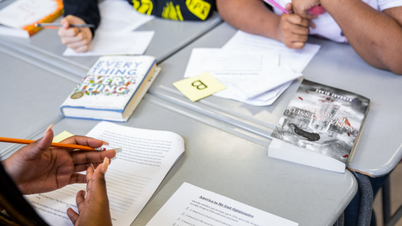

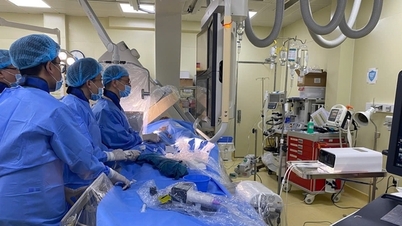

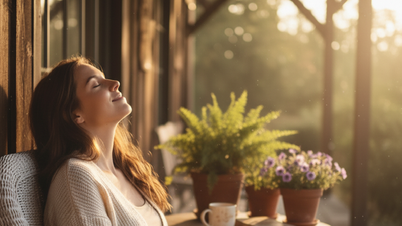


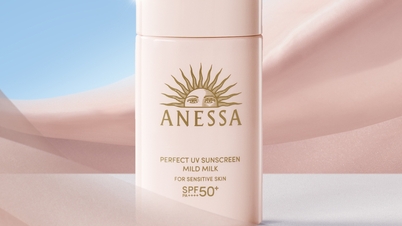









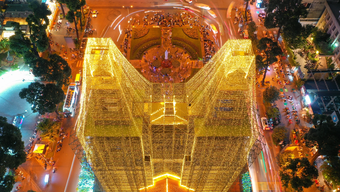
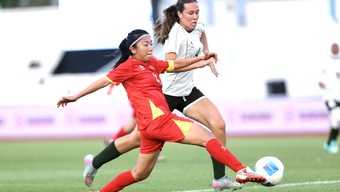











































![[Photo] Prime Minister Pham Minh Chinh attends the Vietnam Economic Forum 2025](https://vphoto.vietnam.vn/thumb/402x226/vietnam/resource/IMAGE/2025/12/16/1765893035503_ndo_br_dsc-8043-jpg.webp)




































Comment (0)